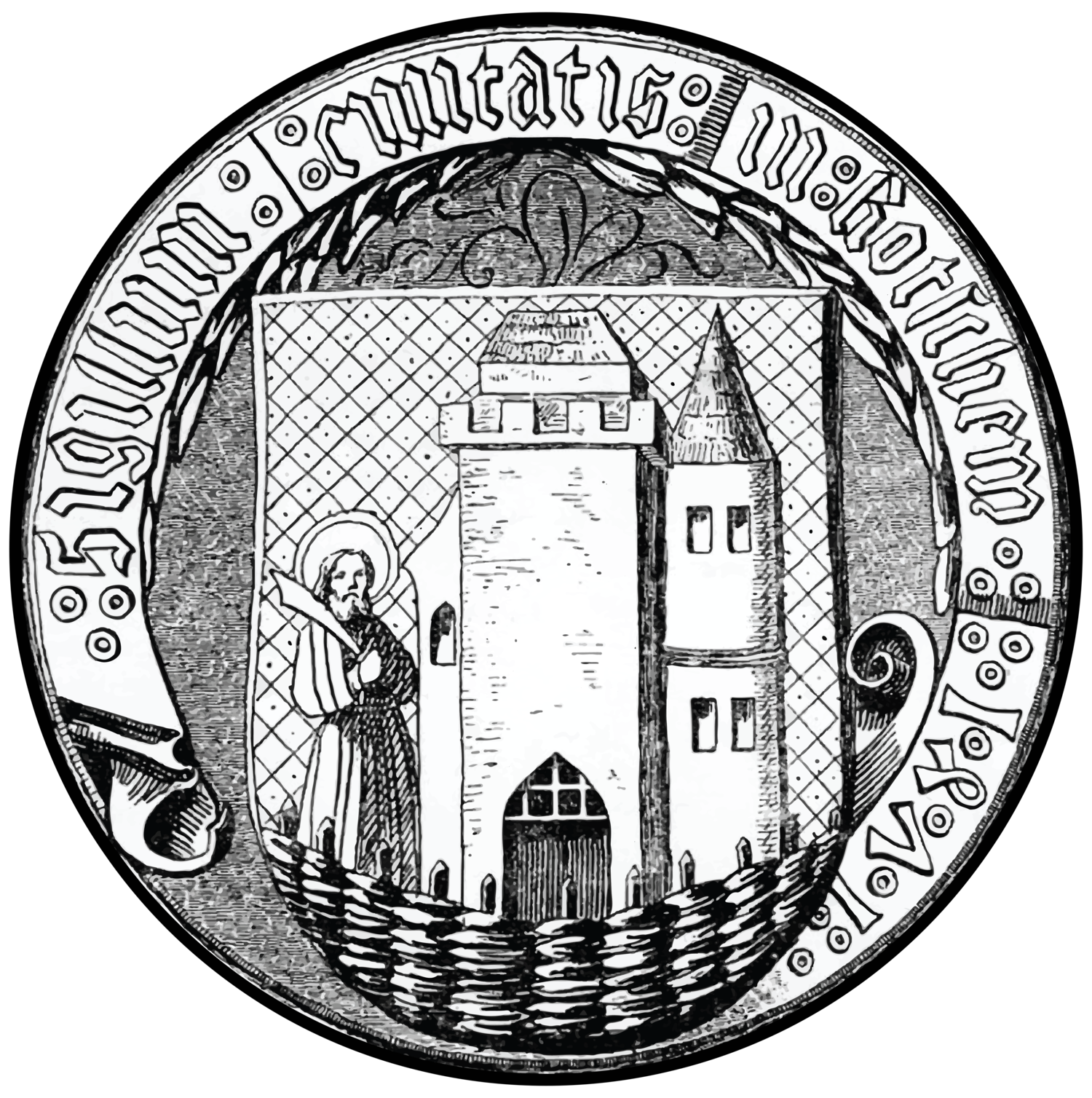
Büchel
German: Büchel // Gottscheerish: Piechl // Slovenian: Hrib pri Koprivniku
The settlement was composed of six estates, which were split up to be divided among 24 estate landlords. The number of people in Puchl grew, and in 1880 there were 227 people in 43 houses. Emigration caused this number to fall steadily. Until 1910 the number decreased by more than a quarter (to 167 people). A similar trend continued between the two world wars. In 1931 there were 153 people living in 40 houses. During the Austrian census there were no Slovenians here. When asking about residents’ mother tongue, they discovered that there were 14 Slovenians in 1921 and 19 Slovenians in 1931.
In the village’s core, which is framed by the main road and a side road, there were some meadows and orchards. In this area there was also a church and a place called Untershassi with two watering holes. They too had names: dai Grose Lokkha – the Big Pool – and dai Bintischiga Lokkha – the Smallish Pool. The village was also known as Dorf der Meditz, at a time when 15 landlords actually bore the family name of Meditz. There were two pubs in the settlement. People made living by farming and foresting. They made firewood, charcoal, railway sleepers, and drove it all to the railway station in Črnomelj. There was also some fruit growing and bee-keeping.
There was a municipality, a parish, and a school in the nearby Nesseltal (1.5 km away). Before World War II, there were many prayer spot signs registered in the village. Two were located to the north, one next to the road to Nesseltal, and another at the village’s northern edge. In the south of village there was a chapel, next to the road to Unterdeutschau.
In the summer of 1942 the abandoned village with 43 houses was burnt down by the Italian Army, and after the war it was not rebuilt or repopulated.
A St. Martin’s Church of pilgrimage was built in 1856 at the same spot as the older and smaller one. It had a belfry above the entrance (made in 1878), an oblong nave, and a narrow three-sided presbytery. In the course of reconstruction the windows were changed. The interior probably had an even ceiling, only the presbytery had an arched one. In the root-like belfry there were three bells, which were taken away during World War I. The clock at the belfry was a gift by Johann Loschte from Linz. A portion of the church’s equipment – some statues and carvings – is under the care Dragatuš’ parish.
Village Map & List of Names
| HOUSE # | HOUSE NAME | FAMILY NAME | |
|---|---|---|---|
| 1 | Andersch | Matthias Stalzer | November 10, 1799 |
| 2 | Mertsch | Matthias Hiris | February 3, 1820 |
| 3 | Petrsch | Andreas Hiris | September 26, 1810 |
| 4 | Khrümarsch | Johann Hiris | September 3, 1809 |

Both the large and small ponds

Ruins of the burnt-out branch church of St. Martin, 1955.

"Hirisin" - Büchel House #28

House #4, known as "Pichlar Strussnraumar"

"Mreashisch" (Erker/Meditz) - Büchel House # 25

Andreas Kump from Büchel No. 3 (bottom left)


Group photo taken in front of the Stalzer house - 1930's







Aerial view of what Büchel looks like today




